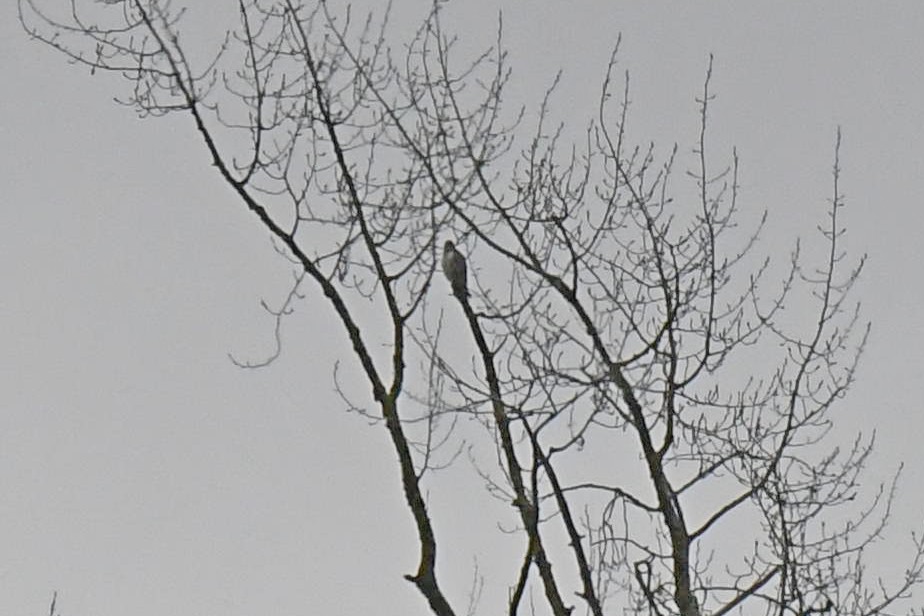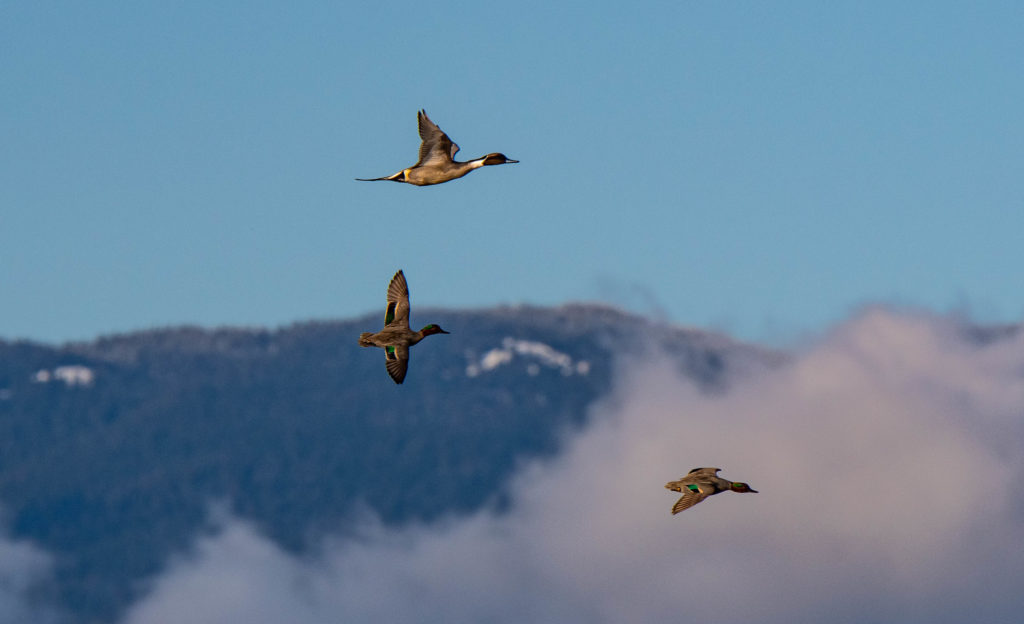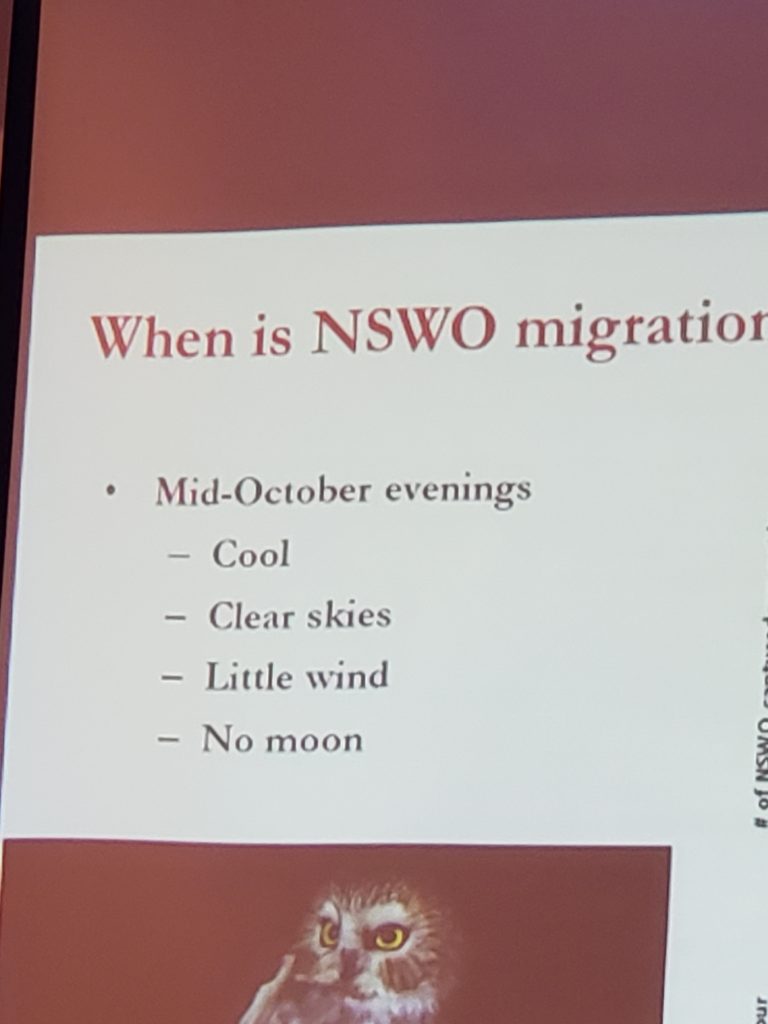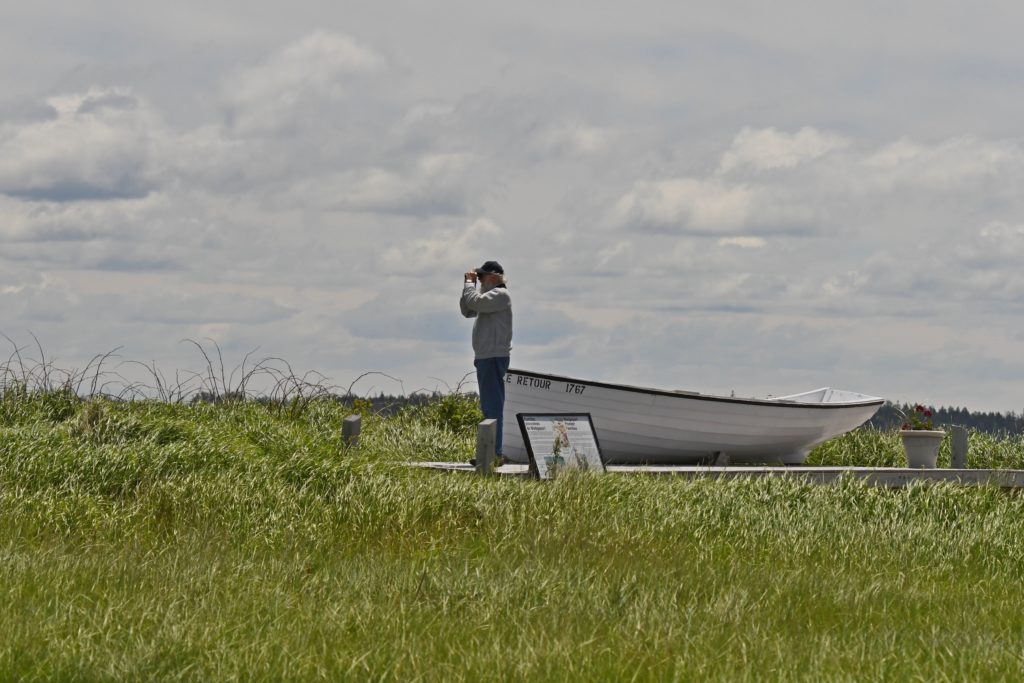So last year and the year before, I narrowly missed the Steller’s Sea Eagle while visiting Newfoundland.
I thought I might give it a shot again this year but there have been no sightings yet this spring, so I decided to finally make a more concentrated effort to find a Willow Ptarmigan.
Chasing birds brings me to some super off the beaten path places, and this time I spent the night in Portugal Cove South. It is at the bottom of the Irish Loop and pretty much the middle of nowhere and at this time of the year the one restaurant in town is closed until May, so I had to bring some food for the cottage. Totally worth it just for the morning view of the ocean through the window while drinking coffee in my humble abode. And the community is surrounded by the South Avalon–Burin oceanic barrens, so perfect terrain for Ptarmigan and Caribou.
I almost didn’t make it because I had one of the worst drives of my life. For some unknown reason, the car rental agencies don’t think snow tires are necessary in Newfoundland. They are wrong. I woke up in the morning to get ready for a sales call and looked out the window to an unexpected dump of snow that was still in progress. I got stuck trying to get out of the driveway in fact but, since I’m a Cape Bretoner, I know how to drive in bad weather and got myself loose and on my way quickly. The roads weren’t plowed, and I had to drive 4 highway hours just in between sales calls that day! It took a while with my hazard lights on, white-knuckled all the way but I was determined not to change my plans and the weather reports said weather would improve as I went East so powered through.
Finally made it to the south of the Avalon peninsula, and I went immediately to bed. I couldn’t really open the cottage door due to the wind anyway…she was blowing a gale!
Now about that kryptonite. So, two days after I booked the accommodations, one of the rarest birds ever showed up 6km away from where I was to be staying. And it stayed for 8 days. And left the day before I flew onto the island. Yup. So I got to stand on the very beach where just 48 hours earlier a Greater Sand-plover was feeding. I now crown myself the queen of Newfoundland dips. But it’s okay because I was after a Willow Ptarmigan anyway, and actually enjoy ticking off endemics best.
I got up early and drove the gravel road quietly where they were expected to be found. No luck but I had an idea of where they might be for the reverse direction. So got out my sandwich and drove even slower and finished up just before one flushed. It was molting out of breeding plumage so looked a bit like a patchwork Pinto horse. Very cool to see it standing and it flew up immediately and I managed to snap this shot.

It landed in the grass and disappeared immediately not to be seen again.
I had spotted two Caribou quite far in the distance on the drive in through my bins on the next road over so decided to drive around and up the other road where I expected them to be. To my delight there was a family of seven, one with antlers. I’m not sure if it was the mama or the papa as both sexes grow antlers but it was watching its family very closely and a little spooked, so I kept a good distance as I walked in a bit on foot off the road. It’s always a balance with wildlife photography of your safety and the animal’s comfort level. Caribou are quite tame, and I could have likely pushed the envelope more, but they did not want me to and I chose to respect that. It’s their home and there are so few places wildlife can be wild so it’s important to me to be conscious of that.

I made one more pass of the gravel road before I left to see if I might get another Ptarmigan sighting, but the universe had ended the show for the day. So, I headed off to St. John’s, and did a sales call before heading out to dinner with some of the finest kind.
Sure, it would have been great to see a mega rarity, but I’m pretty pleased at how my little birding detour turned out. Interestingly the first time I saw Caribou in Newfoundland was on the Summer Solstice this time it was on Earth Day so perhaps they are my spirit animal?



















